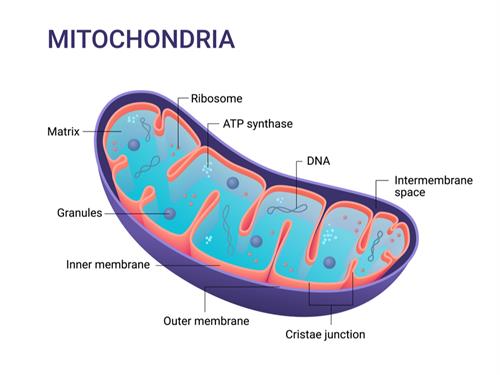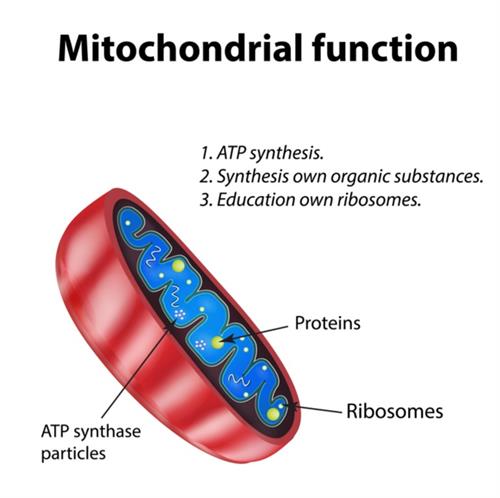
PUMPA - SMART LEARNING
எங்கள் ஆசிரியர்களுடன் 1-ஆன்-1 ஆலோசனை நேரத்தைப் பெறுங்கள். டாப்பர் ஆவதற்கு நாங்கள் பயிற்சி அளிப்போம்
Book Free DemoTo obtain energy, we consume food. In the process of digestion, food will be converted as glucose. But cell cannot directly utilise glucose for its energy. It needs energy in the form of ATP molecules, which is the energy currency of the cell. So glucose has to be converted into ATP molecules. This function is carried out by a cell organelle called mitochondria.
Kolliker first observed these in 1880 and it was first described by a Richard Altmann in the year 1890. The term Mitochondria was coined by Carl Benda in 1898.
- The name ‘mitochondrion’ is acquired from the Greek, “mitos” refers thread and “chondrion” refers “granule”. The size ranges varies from 0.5 to \(1.0 µm\) in diameter.
- It is a double membrane bounded rod-shaped cell organelle present in both plant and animal cells.
Membrane in mitochondria:
- The outer membrane contains proteins known as porins, which allow movement of ions into and out of the mitochondrion.
- The inner mitochondrial membrane is deeply folded into finger-like projections called cristae and contain small rounded bodies called F1 particles or oxysomes.
- The outer membrane and inner membrane consist of proteins and phospholipid layers which are separated by the intermembrane space.
Matrix:
The mitochondrial matrix is a viscous fluid which consist of a mixture of enzymes and proteins. It also contains ribosomes, inorganic ions, DNA, nucleotide cofactors, and organic molecules. The enzymes present in the mitochondrial matrix play a vital role in the synthesis of ATP molecules.

Structure of a mitochondria
Some cells such as red blood cells (erythrocytes) and prokaryotic organisms like bacteria and archaea lack mitochondria. Prokaryotes produce their ATP on their cell surface membrane by glycolysis. Glycolysis is the process by which glucose molecules are converted into ATP molecules. The amount of ATP molecules produced per glucose molecule is much lower than the amount generated by mitochondria.
Functions of Mitochondria:
1. It generates energy for different activities of the cell. It is known as the powerhouse of the cell. Mitochondria are sites of cellular respiration. It provide energy in the form of ATP. This ATP is known as the energy currency of the cell.
2. Whenever the cell need an energy, ATP molecule breaks down and generates energy used for metabolic activities of the body. Mitochondria creates a large surface area for ATP generating chemical reactions.
3. Mitochondrion is self-replicating (semiautonomous) organelle, and it have their DNA and ribosomes. Hence, they can make some of their proteins as well as enzymes.
4. They provide intermediates for the synthesis of various chemicals like fatty acids, steroids, amino acids etc.

Important!
Do you know?
Where do the mitochondria come from?
Let us discuss the answer for this question after the topic plastids.